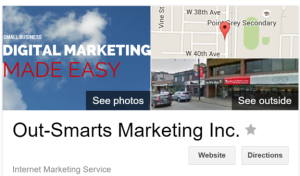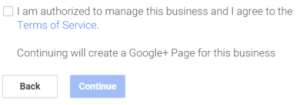It is apparent to me that most X (formerly Twitter) users using the network for business don’t have a clue what they are doing. It is sad to see how many X feeds simply Tweet out content for the sake of it and miss out on the opportunity this tool provides. I suppose it has to be expected, many users come from a traditional marketing background and in the old days communication was a one-way street.
X is fantastic for making connections, building relationships and nurturing community. When using the tool for marketing and business development you are wasting your time if all you are doing is posting links to content (especially if that content isn’t even yours).
75% of Tweets go unnoticed and fewer than 5% get retweeted. If this resonates then perhaps you should get off X and start doing something more productive. Or, you could consider the following list of tips to make better use of X for business development.
Listen and Respond
If someone retweets one of your posts, have the decency to thank them or at least acknowledge the Tweet. Your community can become a powerful advocate for you and a great way to grow your following but only if you stroke it and respect it. If someone retweets your content regularly and you don’t even notice it shows how little you care and sends a negative message and they will soon stop, or worse start dissing you. Don’t create trolls!
Be Community Minded
A community relies on the interaction between members. Don’t forget to offer value to your community and you’ll receive value in turn. Engage with as many relevant people as you can – it’ll pay dividends and enhance your X experience. Remember, your social network (on X and elsewhere) is part of your business capital. Make sure it gives you best value, and protect it.
Don’t Over Tweet
It is important to consider your followers and not to be in their faces too much. If you post Tweets every minute of the day it can get annoying for those on the receiving end unless your content is hot (and you will be perceived as having no other work to do!). Another terrible habit some Twits have is to use a tool that allows you to automatically post several Tweets at once. We use the 3 strikes and you’re out the formula and unfollow when this happens.
Don’t sell or spam
Overt selling on X is bad. If we wanted to be sold to we would be watching the ads on prime time TV instead. If you use your X presence as a blatant sales tool people won’t want to follow you. Be subtle with your sales pitch. Try to follow the 80-20 rule and add value 80% of the time then promote 20%.
Don’t Cheat
Don’t plagiarise other peoples Tweets without acknowledgement (remember the “RT”). Retweeting can be a strong tool to make a direct connection so use this as an opportunity to build rapport rather than annoy. All it takes is a little @.
Don’t be greedy
Watch your follow to follower ratio. If you are following way more people than you have following you then it looks like you are desperate. People are less likely to follow you if you have few followers. You should always have more followers than you are following.
Be strategic
Get smart with your X time. Focus on following the companies and people on X that you want to do business with. Follow them and then look for ways to interact with them, to add value and to get their attention. When posting content, think strategically about your audience – posts shouldn’t be all about you but all about how you can add value for them.
No one cares what you had for lunch
Lots of Twits still insist on posting inane drivel on their feeds. You can get away with this if your feed is simply personal but if you are using X for business, this doesn’t cut it. Here’s a tip – try speaking your Tweet, if it sounds boring and banal then spare us all and don’t post it.
Employ Tools to Help
Your Twitter strategy can be made easier using the right tools. You might want to manage multiple accounts, or deal with multiple timelines – there are tools to help. We use Hootsuite in all of its forms to help us manage our multiple feeds across our team. You should check it out.
Create Your Follow Policy
Don’t waste time dithering about whether to Follow someone or not. Decide on your Follow Policy from the outset and don’t stray from that – it’ll save you lots of valuable time.
Measure, Measure, Measure
You can’t manage what you can’t measure. Set goals for your X presence in terms of follows counts, interactions and traffic to your website and make sure you have the tools in place to help you measure your success. That way you will know whether your time is well spent.
Get with the Program
Too many businesses get on X without having a clue how to use it properly and then have the audacity to turn around and say that X doesn’t work. Reality check: it isn’t X that doesn’t work, it’s the way you are using it.
Want it done right? We manage and maintain X feeds for our clients and would love to add you to our roster so give us a shout.





